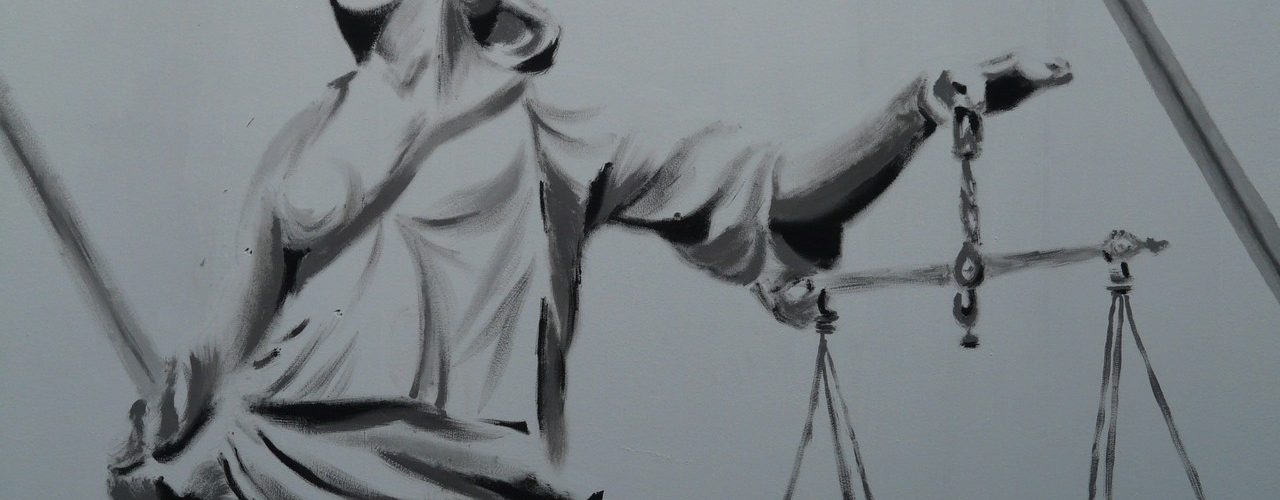On March 27, 2014, the ECJ issued its decision in the case C-151/13 (Le Rayon d’Or).
Context: Request for a preliminary ruling – Taxation – VAT – Scope – Determination of the taxable amount – Concept of ‘subsidy directly linked to the price’ – Payment of a lump sum by the national sickness insurance fund to residential care homes for the elderly
Article in the EU VAT Directive
Article 11(A)(1)(a) of the Sixth VAT Directive (Article 73 of the EU VAT Directive 2006/112/EC).
Article 73 (Taxable amount)
In respect of the supply of goods or services, other than as referred to in Articles 74 to 77, the taxable amount shall include everything which constitutes consideration obtained or to be obtained by the supplier, in return for the supply, from the customer or a third party, including subsidies directly linked to the price of the supply.
Facts
- Rayon d’Or, which operates an RCHE, took the view that the sums paid to it by the sickness insurance fund as the ‘healthcare lump sum’ fell outside the scope of VAT and that they should therefore not be taken into account either when determining the deductible proportion of VAT for 2006 to 2008. In respect of those years, it therefore undertook a rectification of the deductible amount and requested a reimbursement of EUR 60 064 from the tax authority.
- Since the tax authority rejected that request, Rayon d’Or brought an action before the Tribunal administratif de Montreuil (Administrative Court, Montreuil). Since that court did not uphold its claim, Rayon d’Or appealed before the Cour administrative d’appel de Versailles (Administrative Court of Appeal, Versailles).
- Before that court, Rayon d’Or reiterated its view that the national provisions, by providing for the exemption from VAT of sums corresponding to the ‘healthcare lump sum’ which, in its view, already fall outside the scope of that tax, is contrary to the Sixth Directive and Directive 2006/112/EC. In support of that assertion, Rayon d’Or claims that the detailed rules for calculating the ‘healthcare lump sum’ do not permit it to be classed as a ‘subsidy which is directly linked to the price’ of the healthcare services provided by RCHEs to their residents.
- Firstly, the services rendered to residents are neither defined in advance nor personalised and the residents are not made aware of the price of those services. Next, since the national legislature has established the principle that medical care should be provided free of charge in RCHEs, the residents are guaranteed to receive that care free of charge regardless of the amount of the subsidy granted to the home and how far it meets the costs it is intended to cover. Finally, the amount of the subsidy received by a given home does not coincide with the actual cost of the healthcare.
- The tax authority submitted, principally, that the ‘healthcare lump sum’ is not to be regarded as a subsidy but as a pricing system and that the fact that the pricing is established on the basis of healthcare needs does not prevent the services in question from being classified as ‘services effected for consideration’. In the alternative, that authority argued, inter alia, that there is a direct and immediate link between the disbursement of the ‘healthcare lump sum’ and the healthcare services rendered to recipients. The service does not necessarily have to be personalised but may simply have the potential to be personalised. In addition, Rayon d’Or is legally obliged to provide the healthcare in question, the price of which does not have to be paid by the recipients of the healthcare or be commensurate with the value of the services.
Questions
Must Article 11A(1)(a) of the Sixth Directive, incorporated in Article 73 of [the VAT Directive], be interpreted as meaning that the ‘healthcare lump sum’ disbursed by sickness insurance funds to [RCHEs] pursuant to Article L. 174-7 of the Code de la sécurité sociale and exempted from [VAT] under Article 261(4)(1b) of the [CGI] represents a subsidy which is directly linked to the price of the healthcare services provided to residents and which thus falls within the scope of [VAT]?
AG Opinion
None
Decision
Article 11A(1)(a) of Sixth Council Directive 77/388/EEC of 17 May 1977 on the harmonisation of the laws of the Member States relating to turnover taxes – Common system of value-added tax: uniform basis of assessment and Article 73 of Council Directive 2006/112/EC of 28 November 2006 on the common system of value added tax must be interpreted as meaning that a lump-sum payment such as the ‘healthcare lump sum’ at issue in the main proceedings constitutes the consideration for the healthcare provided for consideration by a residential care home for the elderly to its residents and, on that basis, falls within the scope of value added tax.
Summary
A lump sum payment such as the ‘flat-rate care’ is the consideration for the care provided for consideration by an institution for the accommodation of dependent elderly people to its residents, which therefore falls within the scope of VAT.
Source:
Similar ECJ cases
Reference to the case in the EU Member States
- Netherlands – Attorneys’ fees for addition cases subject to VAT (Taxlive)
- Netherlands – Housing association services are taxed with 6% VAT (Taxlive)
Newsletters















